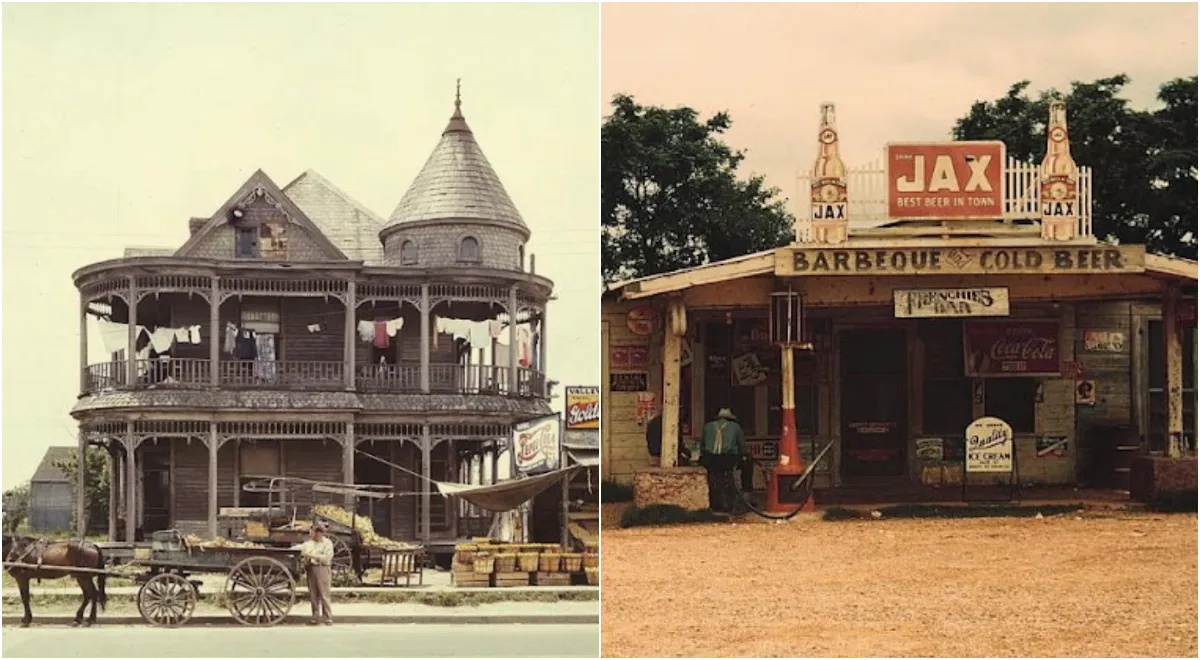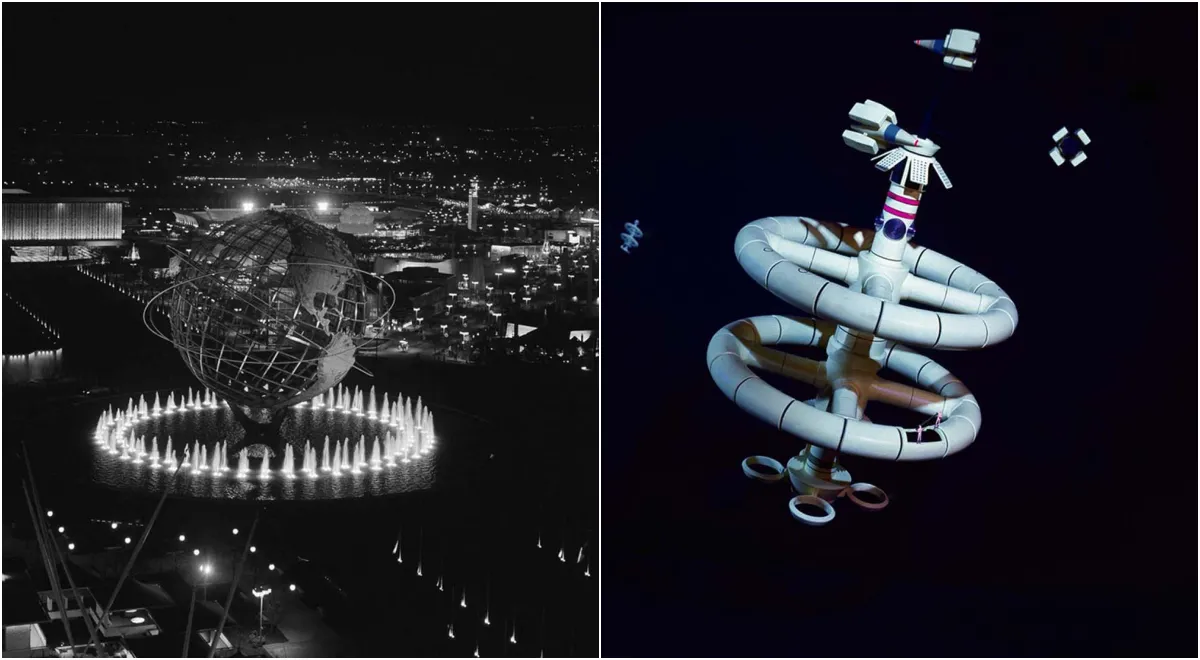
The grainy photographs, taken in the late 19th century in and around the notorious gold mining town of Deadwood, provide a unique, sepia-toned glimpse of the Wild West. The images were published in American papers this week after being released by the U.S. Library of Congress.
Many of the pictures, taken by the pioneering photographer John C.H. Grabill, show how the reality was rather different to the traditions instilled by decades of Hollywood Westerns.
Between 1887 and 1892, Grabill sent 188 photographs — taken using an early technique that used albumen, or egg white, to bind together the chemicals — to the Library of Congress for copyright protection.
Deadwood in South Dakota was founded shortly after the discovery of gold in the neighbouring Black Hills in 1876.
Thanks you for viewing the articles, please like and share to your family !
.jpg)
.jpg)
.jpg)
.jpg)
.jpg)
.jpg)
.jpg)
.jpg)
.jpg)
.jpg)
.jpg)
.jpg)
.jpg)
.jpg)



